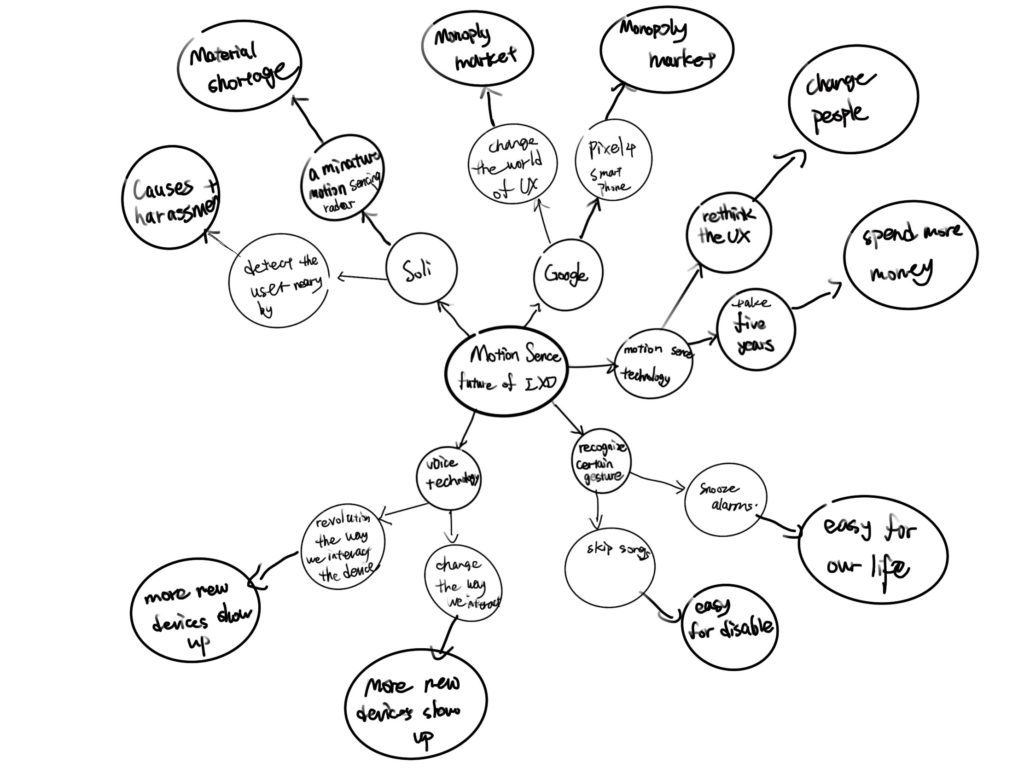Google’s Motion Sense technology has been five years in the making. Thanks to Soli, a miniature motion-sensing radar that detects when the user is nearby and can recognize certain gestures, owners of the Pixel 4 can skip songs, snooze alarms, and silence phone calls with a simple wave of the hand. Google promises that these capabilities are just the beginning, and that Motion Sense will continue to evolve.

If that’s the case, the UX industry could be in for a major shake-up. Just as voice technology continues to revolutionize the way we interact with our devices, motion sensing technology will compel designers to rethink the user experience. For a start, designers will need to get to grips with users’ mental models in relation to gesture-based interactions. Ultimately, this may require new and innovative approaches to things like user research and testing. At the same time, any new technology raises concerns about privacy and security; while creating effortless gesture-based user experiences, designers will also need to ensure that sufficient security measures are in place.


It’s still early days for motion sense technology, and whether or not it will truly take off remains to be seen. What is clear is that technology is advancing rapidly, and UX designers must be ready to adapt.
Works Cited
“Ask a Techspert: How Does Motion Sensing Work?” Google, 9 Jan. 2020, blog.google/inside-google/googlers/ask-techspert-how-does-motion-sensing-work/. Accessed 15 Dec. 2020.
Bohn, Dieter. “Google’s Project Soli: The Tech behind Pixel 4’s Motion Sense Radar.” The Verge, 15 Oct. 2019, www.theverge.com/2019/10/15/20908083/google-pixel-4-project-soli-radar-motion-sense-explainer.
Hollister, Sean. “Google Says the Pixel’s Soli Radar and Motion Sense Will Return.” The Verge, 30 Sept. 2020, www.theverge.com/circuitbreaker/2020/9/30/21496318/google-soli-radar-motion-sense-rick-osterloh-pixel-5. Accessed 15 Dec. 2020.

I agree that we need to pay more attention to technology and be an open mind. Also, It’s interesting to see your thought and research together!
It is great to see that you update and redesign a lot of existing features on our daily devices. I also believe that we will not trigger any actions by touching or contacting! Nice examples you posted here.
Motion Sense feature is cool and it also creates a lot of new possibilities for interaction between humans and devices. However, there might be a lot of fo things for UX designers to continue to work on it in the future. Because by looking at the result from pixel 4, a lot of features and the experience of Motion Sense are still not ready for market yet. And I think this is also why pixel 5 cancel Motion Sense, they still need to explore and create more features for those sensors.
I like the videos you’ve provided to show how touchless interaction is getting popular through gestural movements.
I totally agree with you. Technology is advancing rapidly, and UX designers must be ready to adapt to the unknown future.